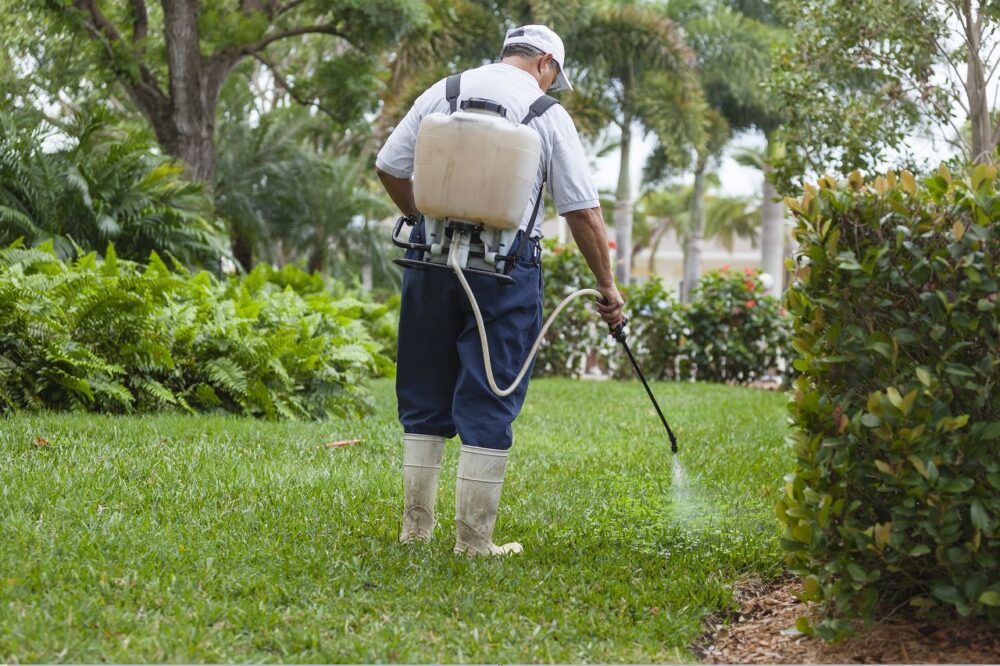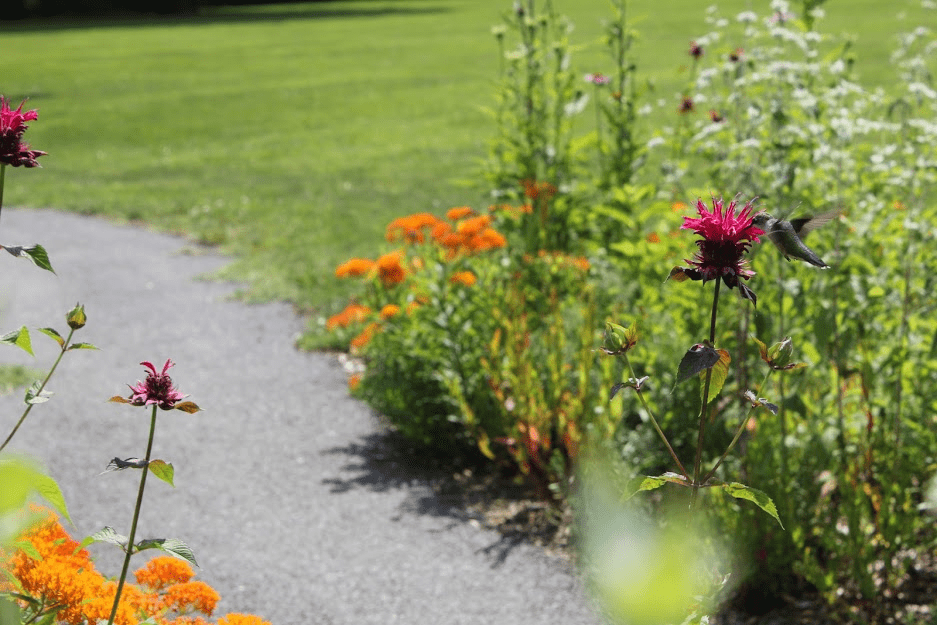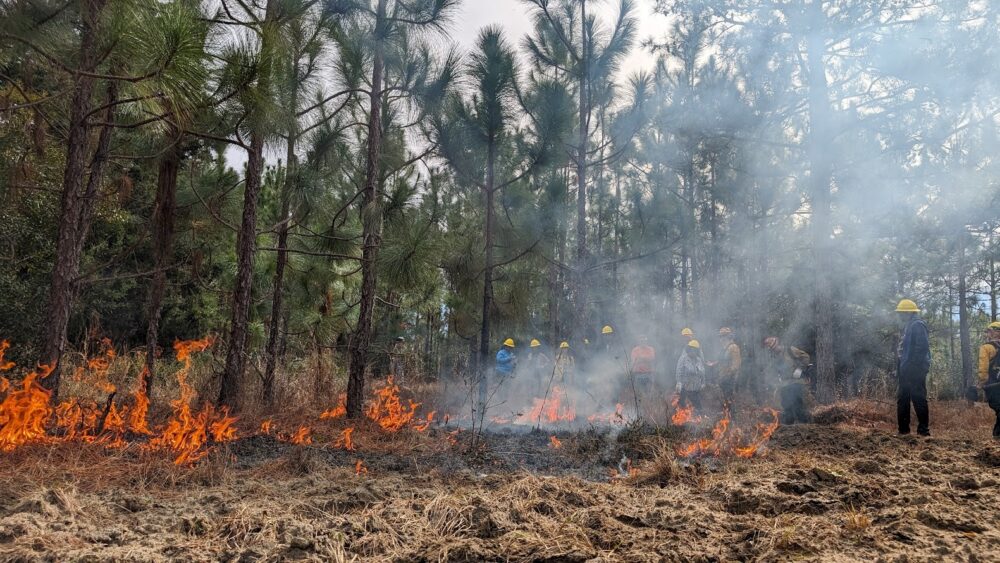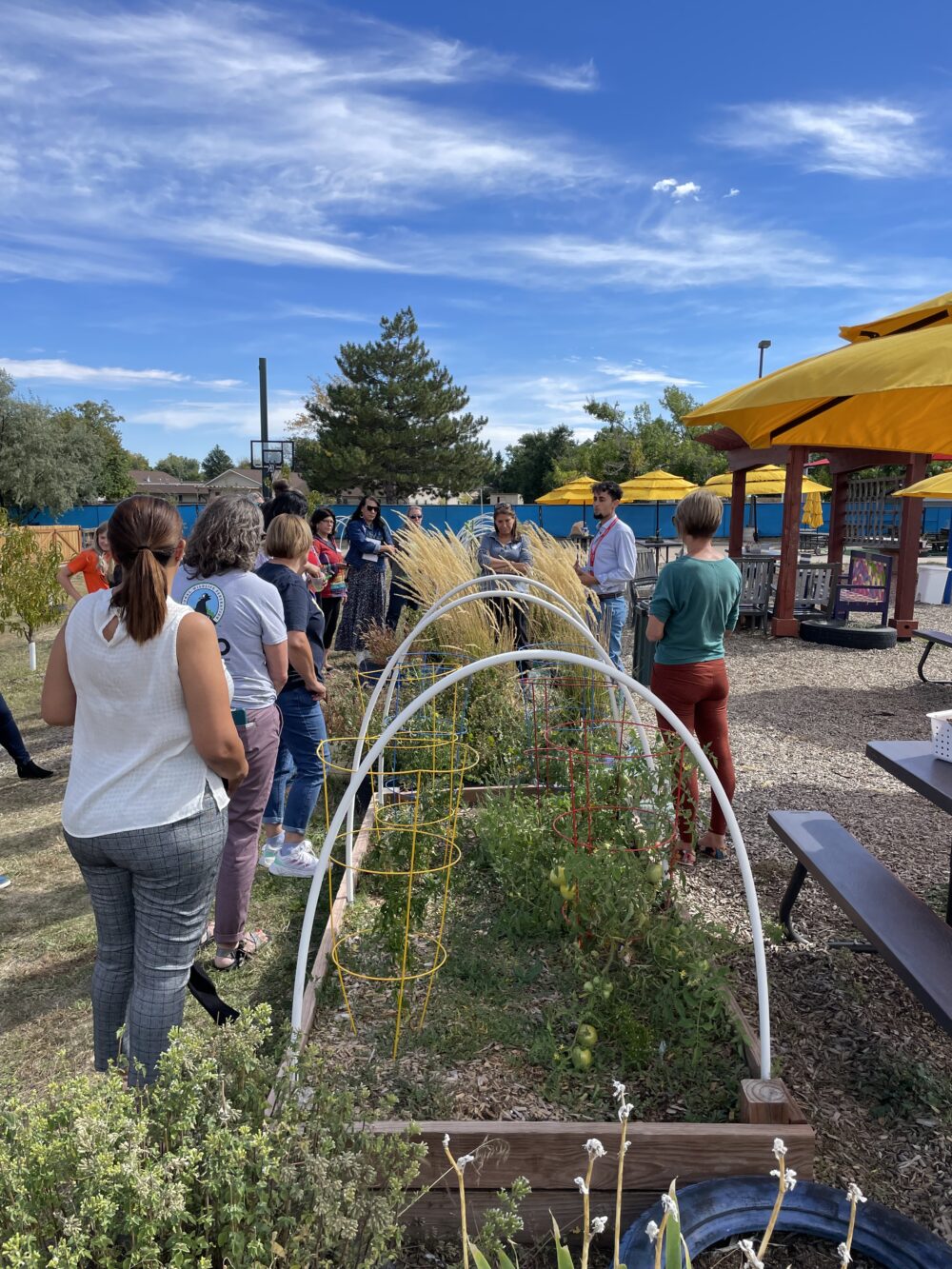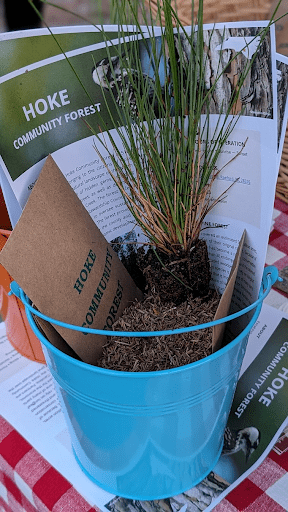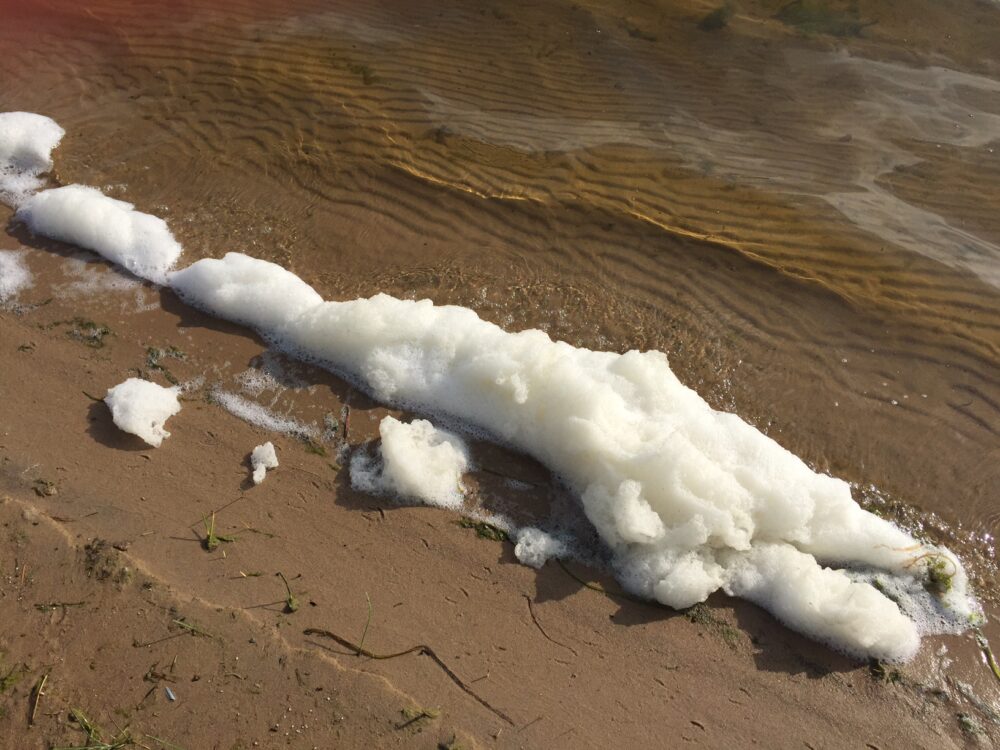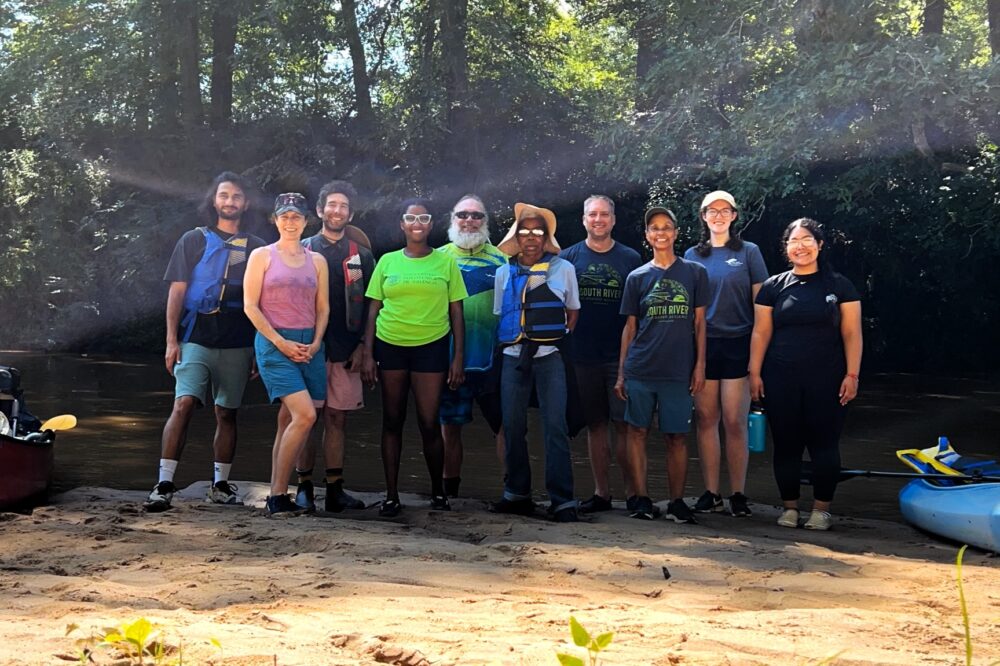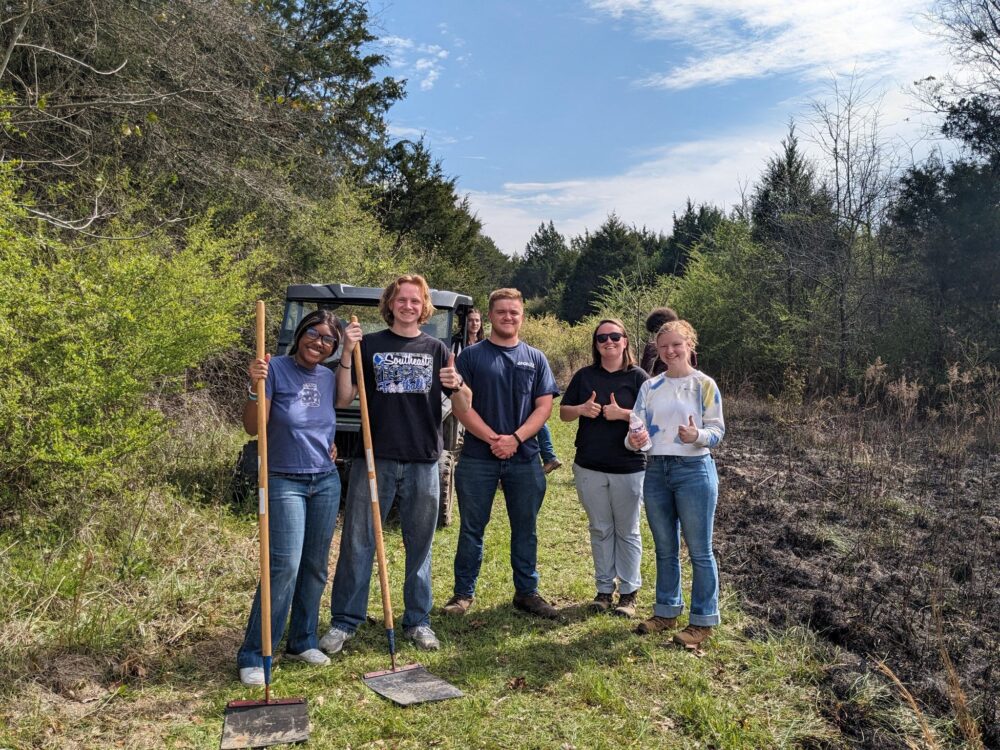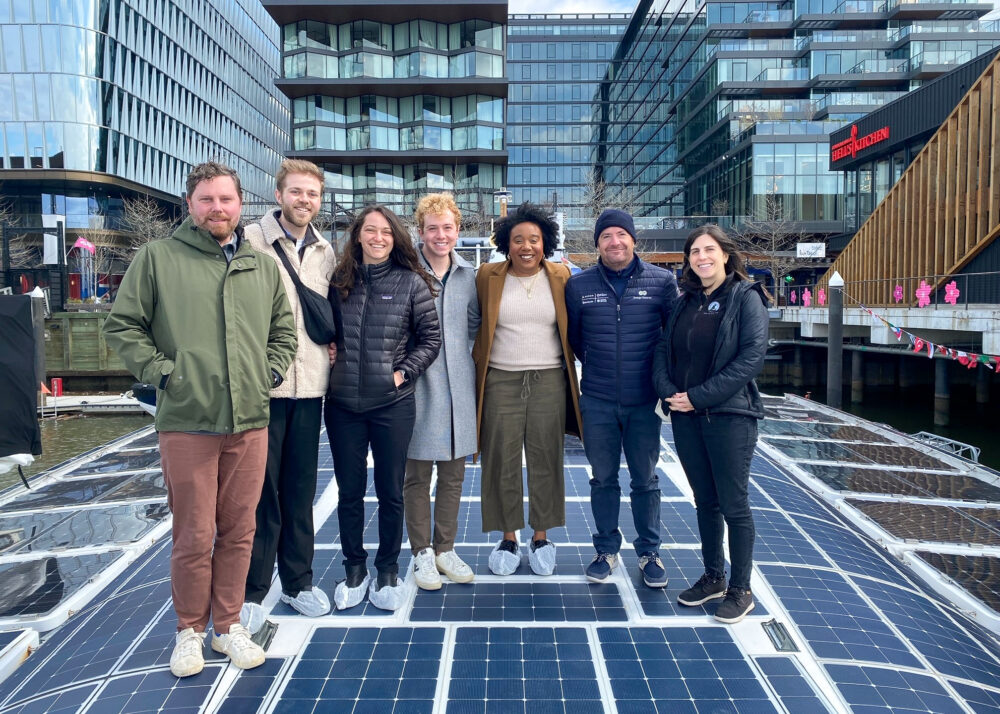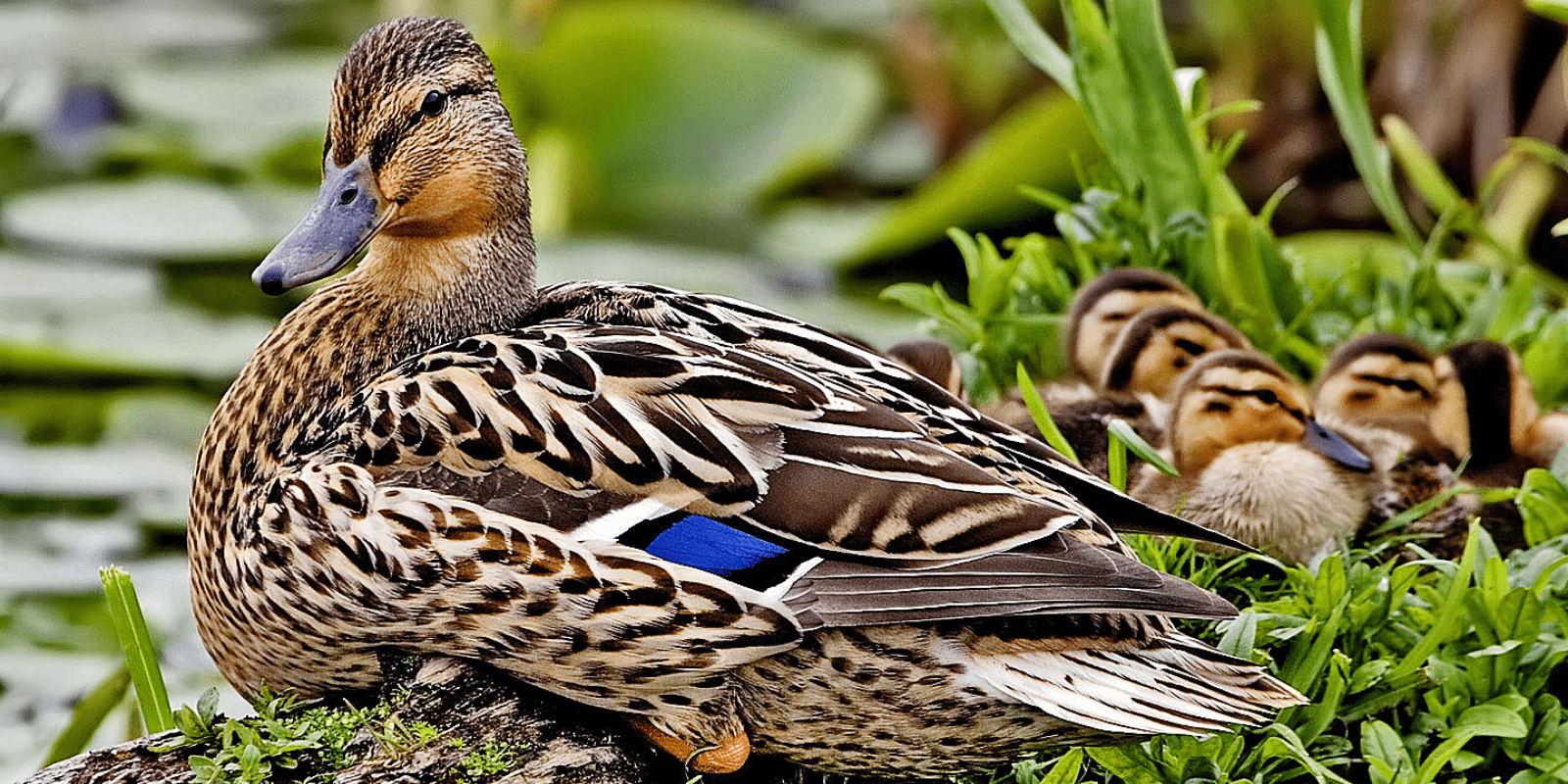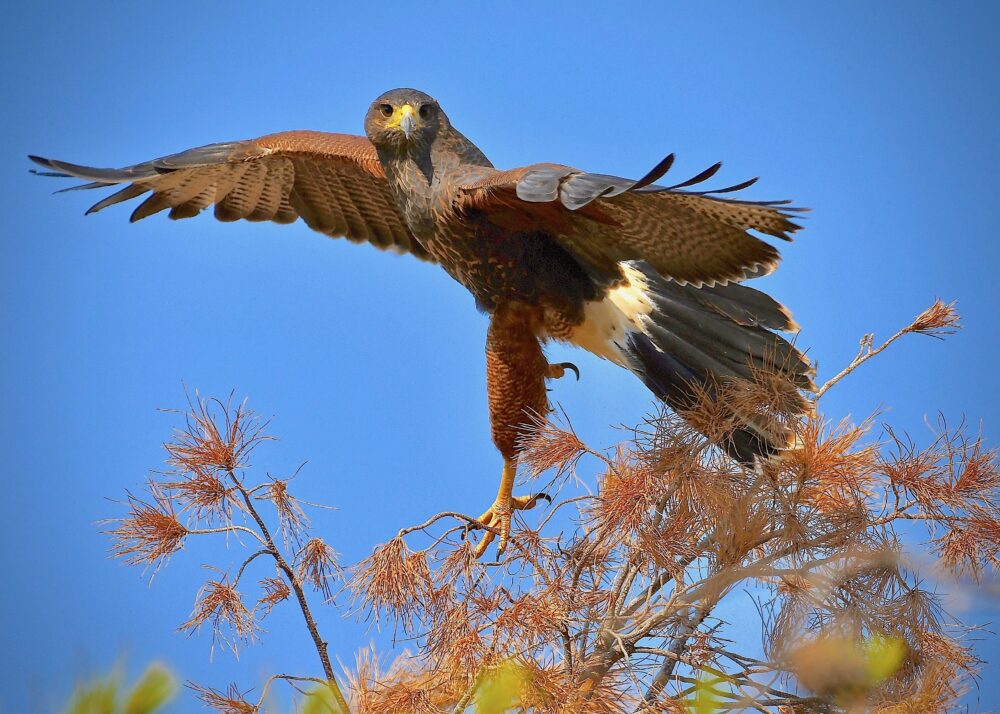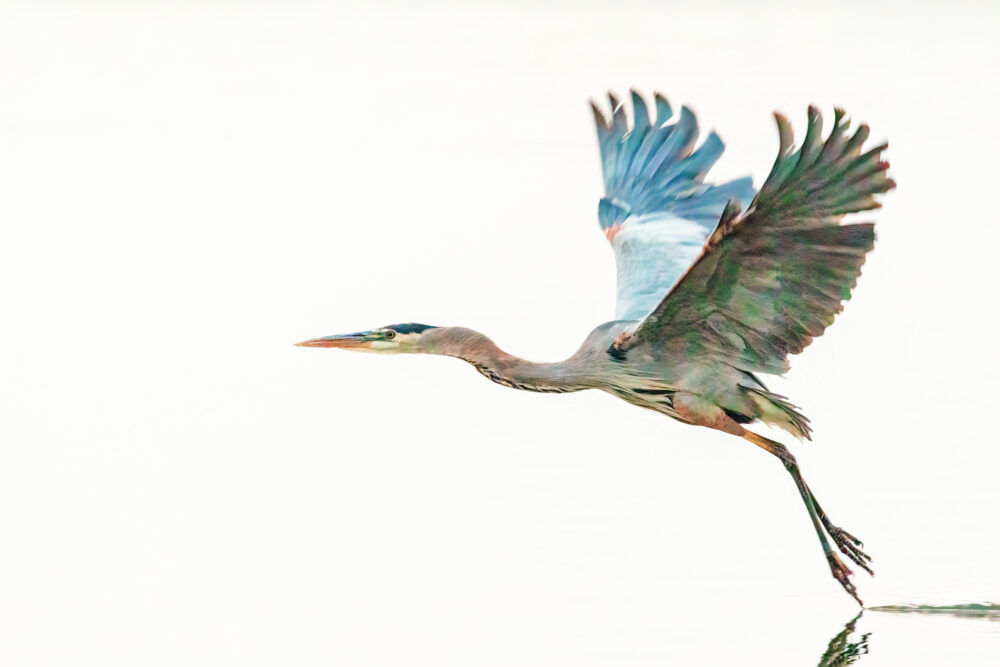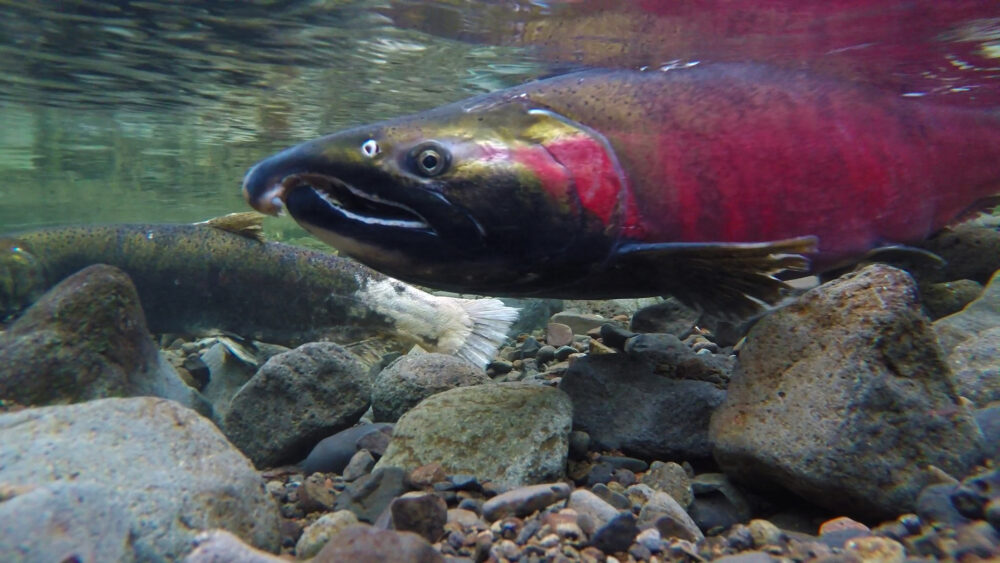We have much more to do and your continued support is needed now more than ever.
How the Clean Water Act Protects the River of Grass
“The miracle of light pours over the green and brown expanse of saw grass and of water, shining and slow-moving below, the grass and water that is the meaning and the central fact of the Everglades of Florida. It is a river of grass.” – Marjory Stoneman Douglas
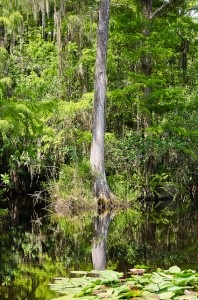
Water is the lifeblood of America’s Everglades, the unifying factor that connects the once-vast ecosystem from its headwaters at the Kissimmee River to the most southern tip of Florida and Florida Bay. Sequestered within the tip of South Florida is the Everglades National Park, the last remaining piece of the original Everglades. This ecosystem depends on a constant, slow supply of water in order to function. Since the park is located at the bottom of its watershed, we must protect the water in order to protect the park.
And the Everglades is not a place that South Florida can afford to lose!
My Home, My Everglades
When I saw the “swamp” for the first time, I was in fourth grade and my parents took my family to Big Cypress. I remember at first feeling off put by the decidedly swampy smell, but then being quickly distracted by the bright green sprigs on the cypress trees, decorated by Spanish moss, and by the promise of finding the hidden alligators that were buried among a mask of water plants. I couldn’t believe that this water connected us to points as far away as Miami, the Keys, and Lake Okeechobee.
Learning just how interconnected Florida is with water and the Everglades still blows my mind. My jaw dropped when I learned that I was among the one in every three Floridians who rely on the Everglades ecosystem to provide their water supply. The continued existence of South Florida as we know it all depends on clean water.
The Clean Water Act Protects the Everglades
Over the past 40 years, the Clean Water Act has been instrumental in protecting the health of Florida waters and the Everglades. The Act has helped preserve the tapestry of headwaters, small streams, and wetlands that play an integral role in providing links among the “river of grass” that feeds into the Everglades and on to Florida Bay. Nevertheless, since the early 1900s, much of the Everglades has been neatly partitioned by canals, dams, roadways, and agricultural areas, resulting in the funneling of a large quantity of nutrient pollution to Florida’s canals and coastal waters before it even has a chance to flow through the Everglades. The remaining small streams and wetlands of the Everglades watershed are more important than ever for holding and filtering these pollutants, yet many of them are now at increased risk of losing Clean Water Act protections in the wake of recent court decisions.
In order to reduce the amount of nutrient pollution entering the Everglades and flowing to coastal waters, strong Clean Water Act protections need to be in place.
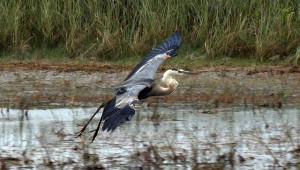
![]() Show us why you love clean water! If you care about clean water and would like future generations to have fishable, swimmable and drinkable waters, take action and help restore clean water today!
Show us why you love clean water! If you care about clean water and would like future generations to have fishable, swimmable and drinkable waters, take action and help restore clean water today!



